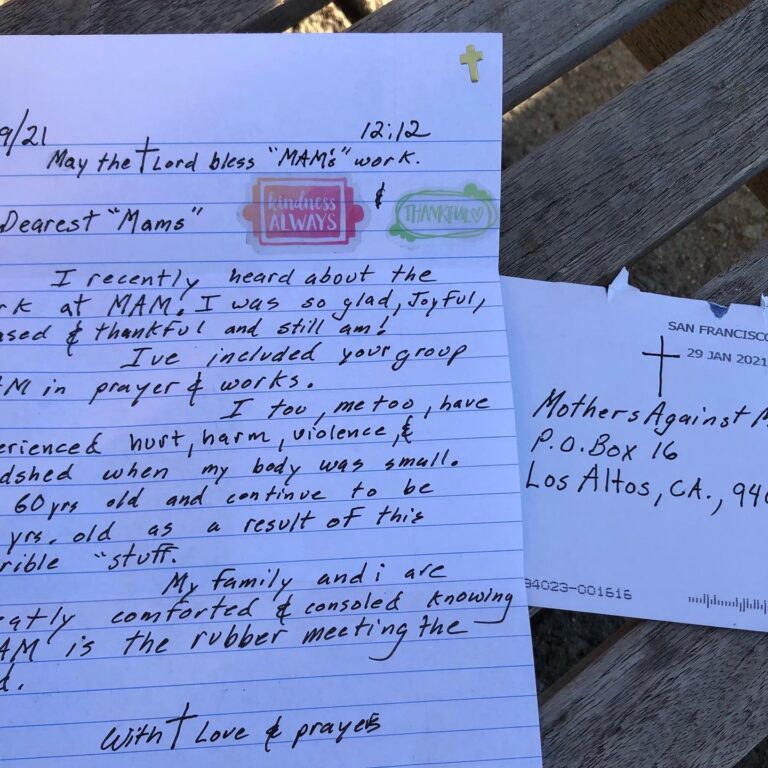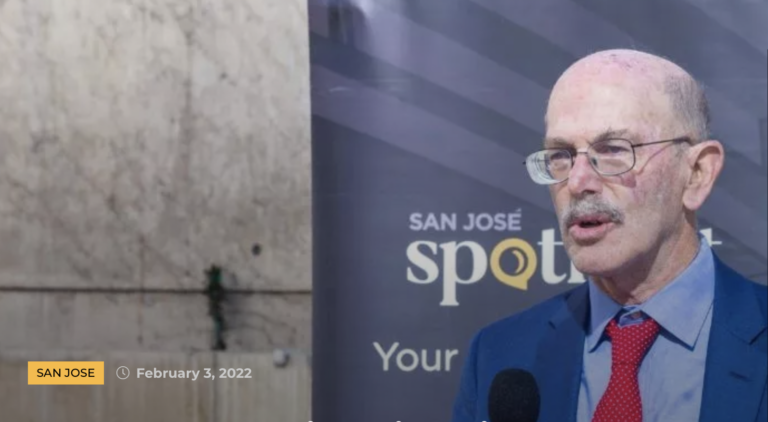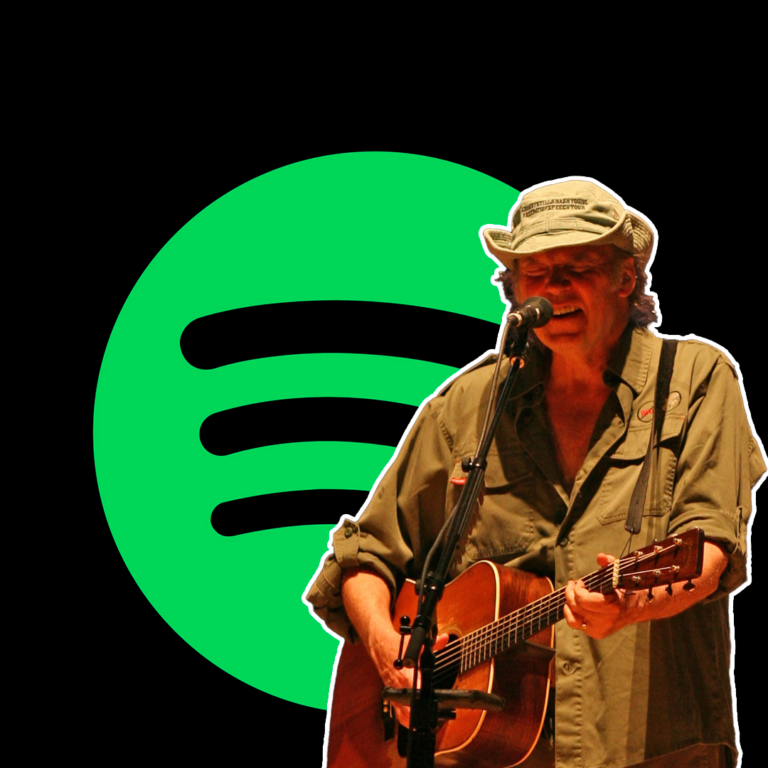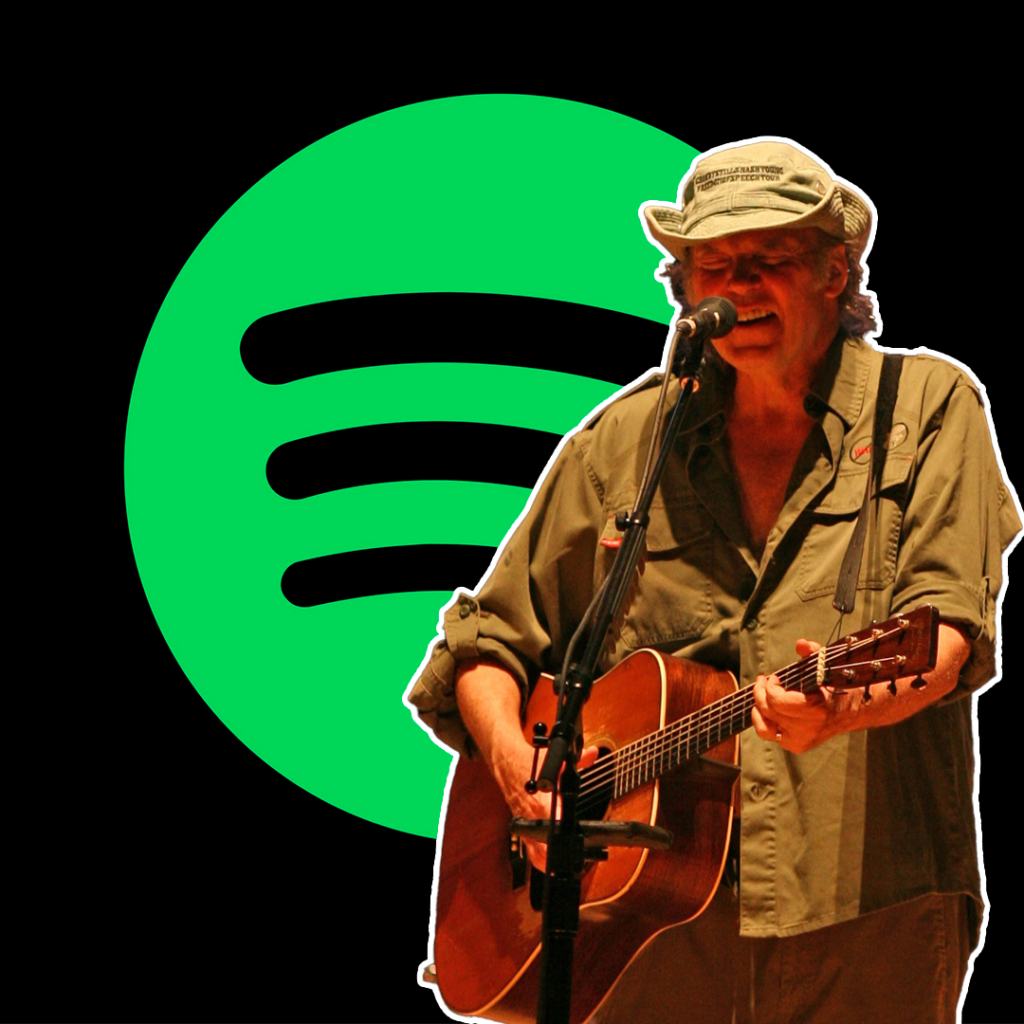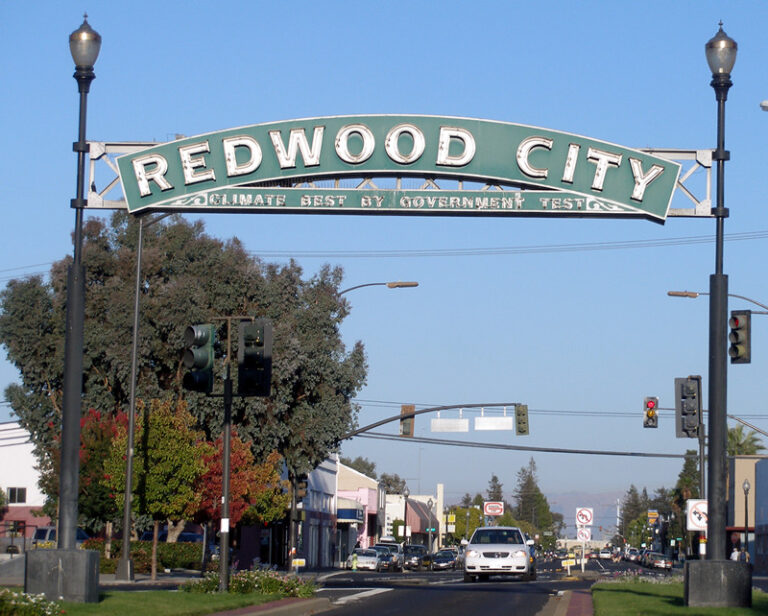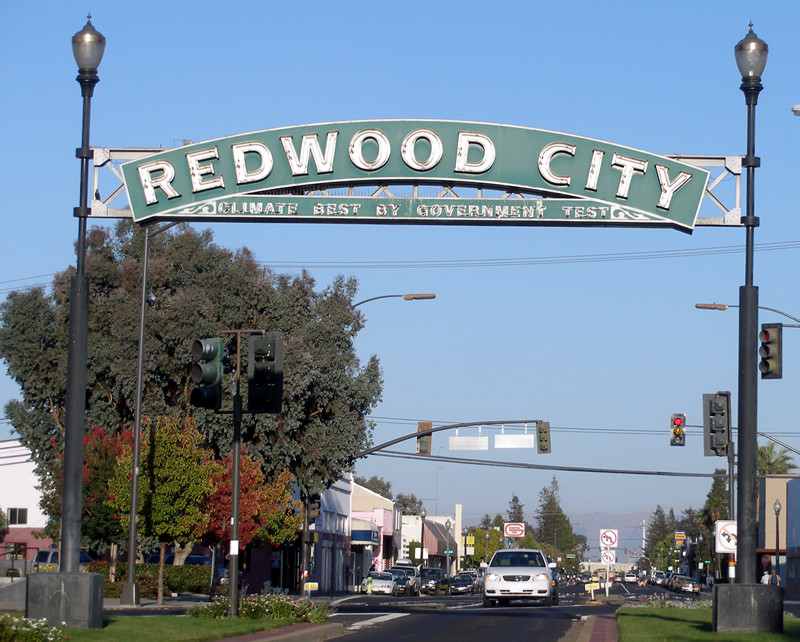
Sin duda California es escenario de increíbles experiencias gastronómicas. De sus miles de establecimientos culinarios, 89 pueden presumir que cuentan con al menos una estrella Michelin.
Sin embargo, el gran ganador de la zona es el Área de la Bahía, que alberga a los únicos seis establecimientos con tres estrellas en todo el estado dorado.
De acuerdo con la última guía Michelin —concebida originalmente como una pequeña guía de color rojo para alentar a más automovilistas a tomar la carretera y disfrutar de establecimientos en su recorrido y que hoy es una institución en cuanto a reseñas gastronómicas— el Área de la Bahía es un imperdible para los «foodies» exigentes.
La Guía Michelin transmite sus reseñas de restaurantes a través de breves resúmenes de dos o tres líneas y un extenso sistema de símbolos, de los cuales los más importantes son sus estrellas de renombre mundial.
Los restaurantes pueden recibir de cero a tres estrellas por la calidad de su comida con base en cinco criterios: calidad de los ingredientes utilizados, dominio del sabor y técnicas de cocción, personalidad del chef en su cocina, relación calidad-precio y consistencia entre visitas.
The Michelin Star is coveted by many chefs, but awarded to a few for excellence. Getting one or three of these badges can change the fate of a restaurant.
Así, la guía otorga una estrella para cocina de alta calidad que vale la pena; dos para cocina excelente que vale la pena desviarse del camino; y 3 para una cocina excepcional que bien vale la pena un viaje especial.
Así, el Área de la Bahía, compuesto por los condados de Alameda, Contra Costa, Marin, Napa, San Francisco, San Mateo, Santa Clara, Solano y Sonoma, es sin duda toda una experiencia culinaria, y si bien es cierto que no son nada baratos, valdría la pena hacer un sacrificio para deleitarse con sus exquisitos sabores.
Aquí te enlistamos a los seis grandes con tres estrellas Michelin.
1.- Manresa
Ubicado en el 320 de Village Ln. en Los Gatos, ciudad del condado de Santa Clara, ofrece a sus comensales comida contemporánea.
De acuerdo con la propia guía, puede que tenga la reputación de ser uno de los restaurantes mejor considerados del Área de la Bahía, « Manresa es acogedor, distintivamente elegante y extraordinariamente hospitalario para una operación de alta cocina».
El chef David Kinch trabaja con algunos de los cultivadores más venerados de la región, pues el restaurante tiene compromiso con la gastronomía sostenible, por lo que mantiene estrecha relación con fincas y pescadores, así como artesanos para brindar los mejores productos.
«La comida es a la vez pensada y lujosa, accesible y completamente deliciosa. Es probable que cada plato represente un momento dentro de una temporada», celebra la guía.
2.- Benu
Este restaurante de comida asiática contemporánea se aloja en el 22 de Hawthorne St. en San Francisco, y de acuerdo con Michelin, «es un oasis en el corazón de la ciudad».
Destaca que el paseo obligatorio por el patio no sólo crea el ambiente, sino que también ofrece una idea de la comida que se avecina.
Subraya además que el servicio es «impresionantemente cálido y relajado», al tiempo que la paciencia parece definir la cocina de este restaurante en su incansable búsqueda de la excelencia, ya sea perfeccionando la técnica o esperando el momento justo para servir un ingrediente en su punto máximo.
El chef Corey Lee, quien dirige Benu, se convirtió en el primero en San Francisco en recibir tres estrellas de la Guía Michelin, y el primer chef coreano en obtener ese galardón.
3.- Fifteen
San Francisco también es el hogar de este restaurante de comida contemporánea. Se sitúa en el 470 de Pacific Ave., y dentro del área histórica.
De acuerdo con la Guía Michelin, no es de extrañar que aquí es en donde los turistas y lugareños adinerados celebran sus fechas especiales.
«Hubo un tiempo en que Fifteen fue el hogar de la cocina tradicional, pero el menú del chef Michael Tusk es cada vez más contemporáneo», subraya.
El venado rebozado con migas de verdura y enriquecido con puré de patata, membrillo y castañas lo convierte es uno de los platillos imperdibles, destaca.
En el 3127 de Fillmore St., en San Francisco, se puede encontrar este restaurante de comida francesa contemporánea, a manos de la consumada chef Dominique Crenn.
«Los invitados esperan con razón una comida emocionante dentro de su singular atelier, repleta de combinaciones brillantes, una gran comprensión de los sabores y un impecable sentido de la gracia. Otro sello exclusivo de cenar aquí es el personal profundamente hospitalario y ejemplar», precisa la guía.
El prestigiado Atelier cuenta con las manos del reconocido y talentoso chef pastelero Juan Contreras, quien también es socio del lugar. Un mexicano nacido en Tijuana que ha marcado al área de la Bahía con sus sabores. Además de que, en propias palabras de Creen, es su alma gemela profesional.
El restaurante abrió en 2011 con tan solo ocho mesas. La primera estrella Michelín llegaría ese mismo año y el resto es historia. Dominique Crenn, es la primera mujer chef que logra las tan anheladas tres estrellas Michelin.
Este restaurante situado en el 6640 de Washington St., Yountville, en el condado de Napa, es galardonado por su excelente comida francesa contemporánea, pero últimamente, fue famoso por el escándalo que surgió a finales de 2020, el cual involucraba al gobernador Gavin Newsom en medio de la pandemia por COVID-19.
Fuera de ello, el lugar es espectacular, al igual que su comida. Con más de 20 años y encabezando la lista de deseos de todos los amantes de la gastronomía, el destino legendario de Thomas Keller todavía no pierde el ritmo.
«La cocina, el personal y la cocina de vanguardia integrados con el renombrado sentido de propósito y funcionalidad del chef permanecen en su punto máximo. De hecho, este puede ser conocido como el mejor espacio para cocinar en Estados Unidos, ya que cada aspecto está cuidadosamente determinado, desde la altura del mostrador hasta las líneas fluidas del techo. Es un punto de encuentro del pasado, presente y futuro», dice la Guía Michelin.
El Chef Keller, director del lugar, continúa combinando técnicas francesas clásicas con ingredientes frescos en un entorno que es una tormenta perfecta de grandeza: «todos deberíamos ser muy afortunados de obtener una reserva aquí. El suyo es un menú que rinde homenaje a las estaciones y destaca los productos de proveedores boutique».
6.- SingleThread
Finalmente, pero no menos especial, es este restaurante en el 131 North St. de Healdsburg, en el condado de Sonoma, el cual está dedicado a la comida californiana contemporánea.
Formado en Japón, el chef Kyle Connaughton se adhiere a la filosofía de omotenashi, o anticiparse a todas las necesidades de los invitados, por lo que la guía advierte al lugar como «excelente».
«El menú está muy ajustado a cada micro temporada en el condado de Sonoma, gracias a la generosidad proporcionada por la agricultora y copropietaria, Katina Connaughton».
Michelin agrega que el servicio y la selección de vinos son iguales a su comida y decoración bien pensadas, hasta el punto en que los invitados nunca querrán irse. Para ellos, hay una posada en el lugar en donde les espera un delicioso desayuno al día siguiente.
You may be interested in: Redwood City, ready to celebrate the Lunar New Year


